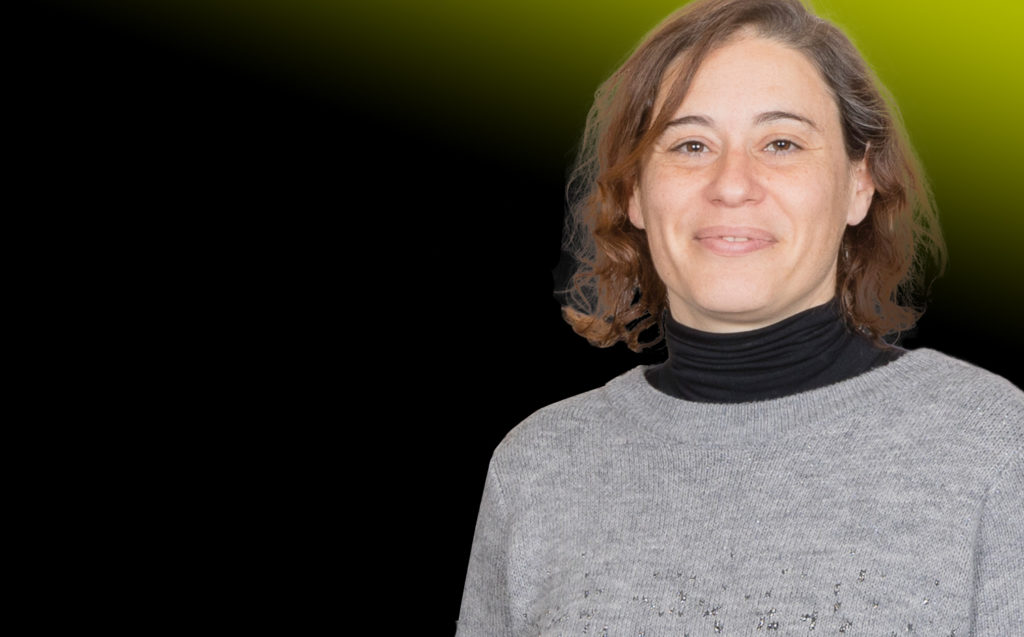
This year, seventy-six top researchers will receive ERC Proof of Concept (PoC) grants of €150,000. Thanks to this top-up funding awarded to ERC grantees, beneficiaries can explore the innovation potential of their scientific discoveries and bring the results of their frontier research closer to market and explore business opportunities.
Human physiology is a vital factor to consider when designing in vitro models to predict drug efficiency. 3D cell culture models are considered the next generation because they better mimic human physiology. However, most in-vitro models do not implement these 3D features. Conventional models are based on flat monolayers of cell on hard substrates, which is not optimal for the predictive capacity of current preclinical assays. In the small intestine, crypts and villi provide the tissue with a large surface area, which increases the volume and residence time of the fluids improving its absorptive function of nutrients and drugs.
Elena Martinez and her group developed 3D cell culture scaffolds that accurately mimic the villus and crypt morphologies of the human intestine using soft materials. To achieve these scaffolds, they used an innovative light-based approach to fabricate hydrogel scaffolds with the proper dimensions and mechanical properties of the tissue, in a reproducible manner.
We want to bring our technology closer to researchers and to the market.
Elena Martínez, Group Leader at IBEC
With her “Ready-to-use cell culture plates for gut 3D models” (GUT3D-PLATE) they will be able to further develop this technology and customize a 3D low cost printing device that will be able to fabricate ready-to-commercialize 3D cell culture substrates mimicking the intestinal physiology. These substrates will be provided as ready-to-use cell culture inserts, compatible with conventional assays and without the need of specialized equipment. The scaffolds support the growth of conventional intestinal cell lines and primary-derived cells and can be used as platforms for drug screening, disease modeling and microbiome interactions.
Thanks to the grant, GUT3D-PLATE will also explore the commercial feasibility of the product analyzing the market and designing a business plan that provides the roadmap to attract investors. The intestinal 3D culture models will be attractive not only to the biomedical research community, but also to the pharma industry and CROs (Contact Research Organization) as they are increasingly investing in tools that better predict drug treatment efficacy and toxicity at early stages of the drug development process. This will reduce significantly the need for animal models and the overall cost, generating a major societal benefit.
This completes the third and final round of the 2019 ERC Proof of Concept grant competition. The overall budget of the 2019 competition was €30 million. Overall last year 498 proposals were evaluated, with an average success rate of 40%. Two hundred grants were awarded to researchers working in 22 countries.





